Introduction: Turning Knowledge Into Action
Imagine trying to learn to swim by reading a book. No matter how detailed the instructions, you won’t master the skill until you jump in the water and practice. This is the essence of active learning—engaging directly with material to create meaningful connections and lasting understanding. For HR managers, active learning is a powerful tool for onboarding new hires and ensuring they’re equipped to succeed.
Active learning is closely tied to Cognitive Load Theory (CLT) through germane load—the mental effort devoted to building understanding and applying knowledge. By focusing on germane load during onboarding, you can help employees internalise key concepts, adapt quickly, and perform confidently in their roles.
What is Germane Load?
Germane load refers to the mental effort directed towards constructing and processing meaningful learning connections. Unlike intrinsic load (task complexity) or extraneous load (distractions), germane load is the desirable mental effort you want to maximise during onboarding. It’s the kind of effort that leads to real understanding, skill acquisition, and long-term retention.
[!info] Key Insight
Germane load is essential for meaningful learning. Focus on activities that enhance understanding and application during onboarding.
Why Active Learning Matters in Onboarding
Traditional onboarding methods like passive lectures or lengthy manuals often fail to engage new hires effectively. Active learning, on the other hand, transforms onboarding into an interactive, engaging process by:
- Boosting Engagement: Employees are more likely to stay focused and motivated when they’re actively involved.
- Enhancing Retention: Doing helps employees retain knowledge better than just listening or reading.
- Building Confidence: Real-world practice allows employees to test their skills in a supportive environment.
Active Learning Techniques to Maximise Germane Load
1. Role-Playing Scenarios
Why It Works: Role-playing immerses employees in real-world situations, helping them connect theory to practice.
How to Implement:
- Create scenarios that mirror the challenges employees will face in their roles.
- Encourage employees to experiment with different approaches and provide feedback.
Example:
For a customer service representative, simulate a scenario where they handle a difficult customer query. Afterward, discuss what worked and what could improve.
2. Hands-On Training
Why It Works: Employees learn best when they can apply knowledge directly to their tasks.
How to Implement:
- Provide guided practice sessions where employees perform tasks with supervision.
- Gradually reduce support as employees gain confidence.
Example:
For a data analyst, allow new hires to work on a simplified dataset using company tools, with a mentor available for guidance.
3. Gamified Learning Modules
Why It Works: Gamification adds an element of fun and competition, keeping employees engaged while reinforcing learning.
How to Implement:
- Use points, badges, or leaderboards to reward progress.
- Incorporate challenges or quizzes into onboarding materials.
Example:
Create a game where sales associates earn points for completing modules on product knowledge and sales techniques.
4. Collaborative Learning
Why It Works: Collaboration fosters teamwork, improves problem-solving skills, and allows employees to learn from each other.
How to Implement:
- Pair new hires with mentors or place them in small groups for collaborative projects.
- Encourage team-based problem-solving exercises.
Example:
For a marketing team, have new hires collaborate on creating a mock advertising campaign, guided by senior team members.
5. Feedback Loops
Why It Works: Immediate feedback helps employees correct mistakes and reinforces their understanding of concepts.
How to Implement:
- Schedule regular one-on-one check-ins to discuss progress.
- Provide constructive feedback after each task or exercise.
Example:
After a new hire drafts their first client email, review it together and offer suggestions for improvement.
6. Scenario-Based Decision Making
Why It Works: Scenarios encourage critical thinking and decision-making skills in a controlled environment.
How to Implement:
- Present employees with real-life dilemmas related to their roles.
- Discuss potential solutions and their consequences.
Example:
For an HR professional, present a scenario involving a workplace conflict and ask them to develop a resolution plan.
How to Integrate Active Learning into Onboarding
- Start Small: Introduce one or two active learning techniques initially, and expand as you see results.
- Customise to Roles: Tailor activities to align with the specific tasks and challenges of each role.
- Balance with Passive Learning: Use active learning to complement other methods like presentations or reading materials.
- Evaluate and Refine: Continuously gather feedback from new hires to improve your approach.
The Benefits of Active Learning in Onboarding
- Deeper Understanding: Employees grasp concepts at a fundamental level, improving their ability to apply knowledge.
- Stronger Engagement: Active participation keeps employees motivated and focused.
- Faster Adaptation: Hands-on experience accelerates the learning curve.
- Improved Confidence: Employees feel more prepared to handle real-world challenges.
Conclusion: Make Learning Meaningful
Active learning transforms onboarding from a passive exercise into an engaging, meaningful process. By maximising germane load, HR managers can ensure new hires aren’t just informed—they’re empowered to succeed.
Ask yourself: Are you giving new hires opportunities to dive in and practice, or are you leaving them on the sidelines? By embracing active learning, you can build confident, capable employees who are ready to make an impact.
Takeaways
- Germane load is the mental effort devoted to meaningful learning and application.
- Active learning techniques like role-playing, hands-on tasks, and gamification maximise germane load.
- Incorporating active learning into onboarding boosts engagement, retention, and confidence.
Tips for the Workplace
- Start with Role-Playing: Create realistic scenarios that allow employees to practice key skills.
- Incorporate Gamification: Use points, badges, or challenges to keep employees motivated.
- Encourage Collaboration: Pair new hires with mentors or teammates for hands-on projects.
- Provide Immediate Feedback: Regularly review tasks and offer constructive insights.
- Mix Techniques: Combine active learning with other methods to create a balanced onboarding experience.
References
- Sweller, J. (1988). Cognitive Load During Problem Solving: Effects on Learning. Cognitive Science. https://doi.org/10.1016/0364-0213(88)90023-7
- Mayer, R. E. (2005). Cognitive Theory of Multimedia Learning. Cambridge University Press. https://doi.org/10.1017/CBO9780511816819
- Society for Human Resource Management (SHRM). (2019). Onboarding Metrics That Matter. https://www.shrm.org
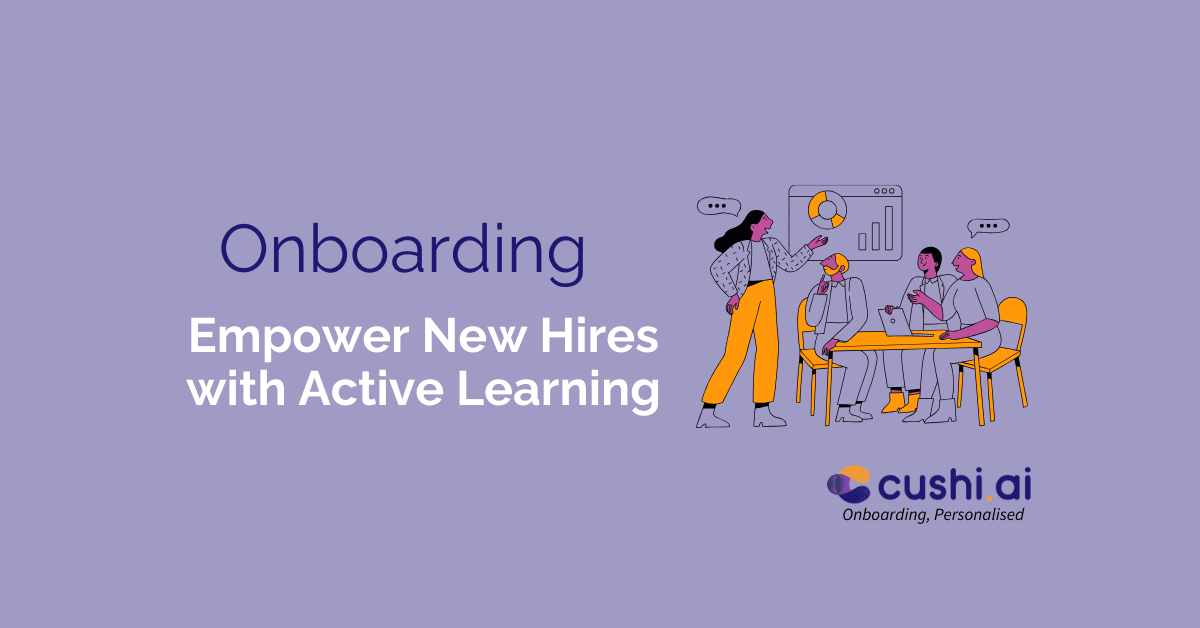
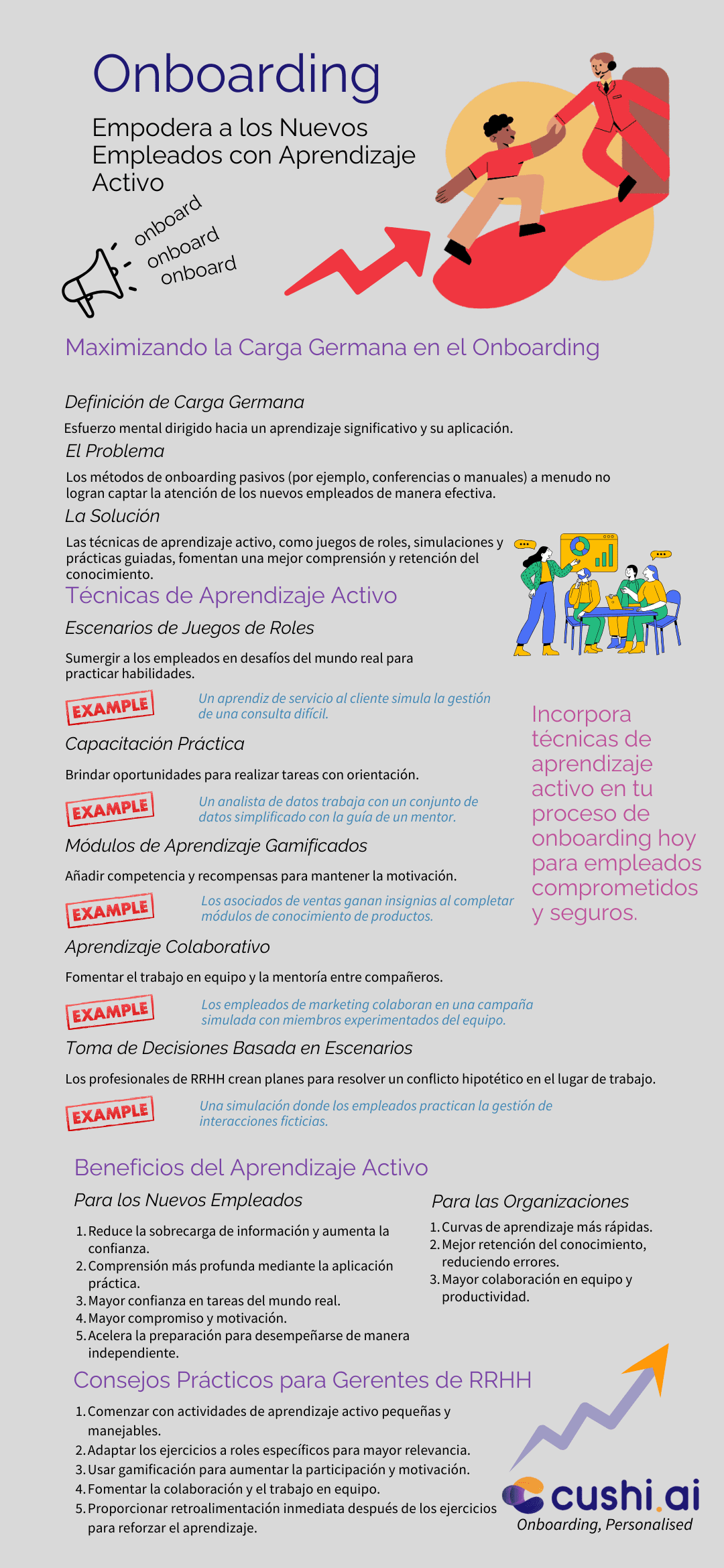
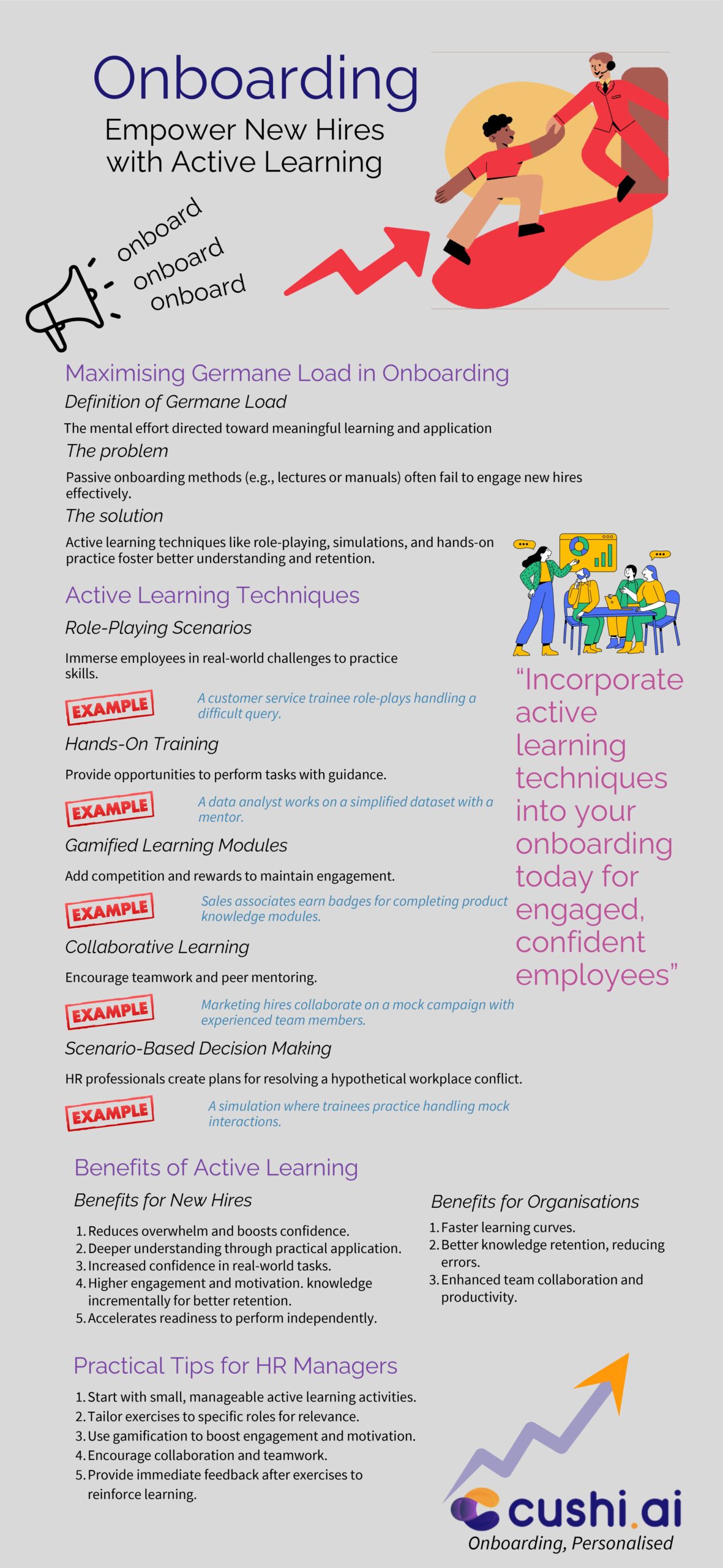
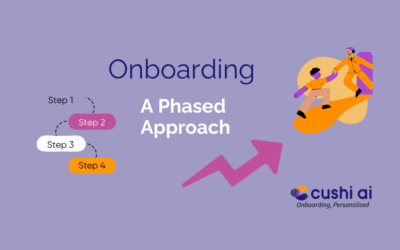
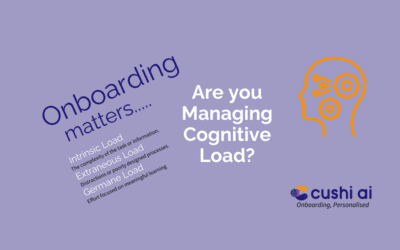
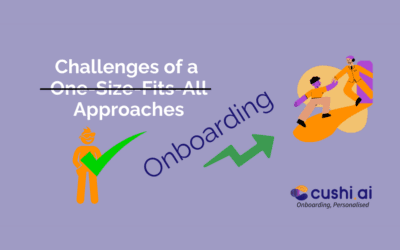
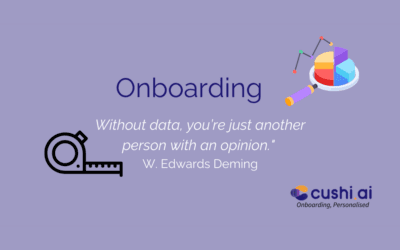
0 Comments